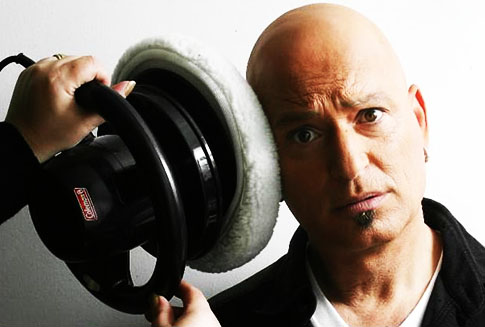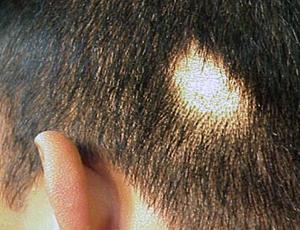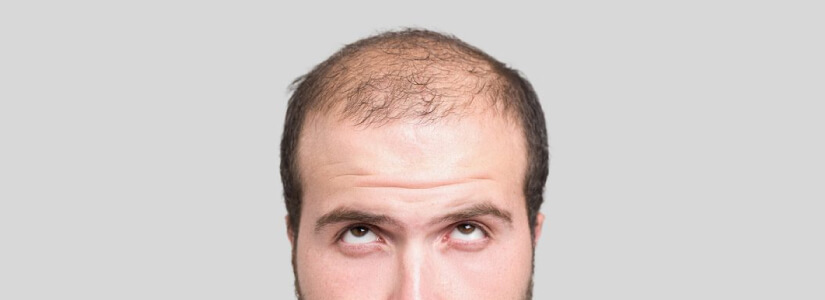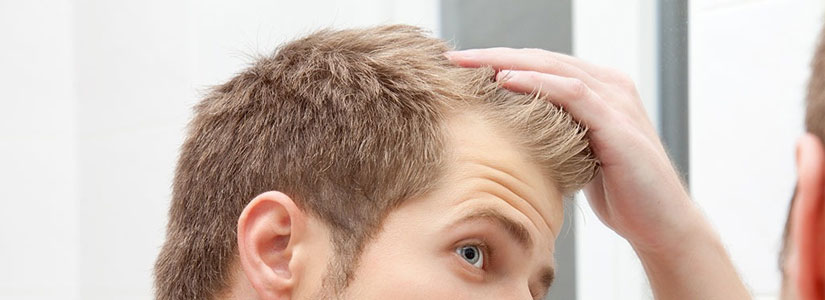Hair Growth Products for Bald Spots
August 2, 2014

While hair loss can occur at any part of the body, it generally refers to losing hair from the head. Severe, untreated hair loss can lead to baldness, which is one of the most common conditions affecting men all over the world. According to the latest study, over 70% of the men across the world are suffering from male pattern baldness – a type of baldness that is mostly associated with genetics and hormones.
Topical Medications:
Mild to moderate hair loss can be significantly controlled with topical medications. There are various prescription and non-prescription applications that you can use to stop hair fall. Minoxidil, mostly sold with the brand name Rogaine, is a topical medication that you can easily buy from any medical store without a prescription. This medication is very effective when it comes to controlling hair loss, but it may or may not regrow the dormant follicles. The biggest problem with minoxidil is that you have to apply it daily, and this is what bothers the sufferers the most.
Oral Medications:
Some oral medications have also got the US Food and Drug Administration’s approval for treating male pattern baldness (androgenic alopecia). Finasteride is the most effective prescription medication used for controlling and reversing signs of baldness. The medicine works by blocking the action of Dihydrotestosterone – a male reproductive hormone responsible for causing the hair follicles to shrink. Studies have found that this medicine can significantly control and reverse hair loss, but it needs six to twelve months before you will be able to see full effects. Though Finasteride is very effective in controlling and reversing symptoms of baldness, it is not recommended by most doctors, owing to its severe side effects. The two most common and relatively serious side effects include unwanted hair growth on the face and neck and other areas of contact, and impotence, or a decreased desire for sexual relationships.
Cosmetic options:
If you are not interested in oral and topical medications, there are cosmetic alternatives as well, including hair-fiber powders and hairpieces.
ACell/PRP Hair Loss Therapy:
ACell/PRP hair loss therapy is the latest non-invasive technique used for triggering hair regrowth. This FDA-approved procedure involves injecting a mixture of growth factors known as ACell and Platelet Rich Plasma (PRP) taken from the patient’s own blood, into the patient’s scalp to improve hair regrowth. Platelet Rich Plasma is a rich source of natural growth factors. When combined with ACell, PRP works wonders. It makes the miniaturized hair follicles healthier and stronger, thus causing them to sprout like normal, healthy hair follicles. ACell/PRP Hair Loss Therapy is particularly used for treating female pattern baldness, in which there are no visible bald patches; instead, the entire crown experiences hair thinning.
Hair Transplant Surgery:
If nothing has worked for you, Hair Transplant Surgery may be your last resort. But be assured, this is the only guaranteed and permanent solution for baldness. A surgeon will collect hair follicles from your own scalp – those areas which are baldness resistant, like the back or sides of the scalp – and transplant them into the bald areas. This technique involves some pain and discomfort and is no doubt a little expensive but its results are worth it.
If you are interested in either of the above-stated hair loss treatments, come to Hair Transplant Dubai Clinic and you will not be disappointed. We offer both ACell/PRP hair loss therapy as well as Hair Transplant surgeries. If you have any queries, simply fill our free online consultation form and get expert advice now.
Dr. Cagatay Sezgin is a celebrity hair transplant surgeon with over 20 years of experience in hair transplantation and restoration. He is the First Turkish Board Surgeon to become a member of the International Society of Hair Restoration Surgery (ISHRS) and the Asian Association of Hair Transplant Surgeons (AAHRS). Moreover, he has the honor of becoming the first hair transplant surgeon in the world to perform hair, eyebrow, and beard transplantation all in one case and that too in a single session.

August 2, 2014

November 28, 2018

February 6, 2018